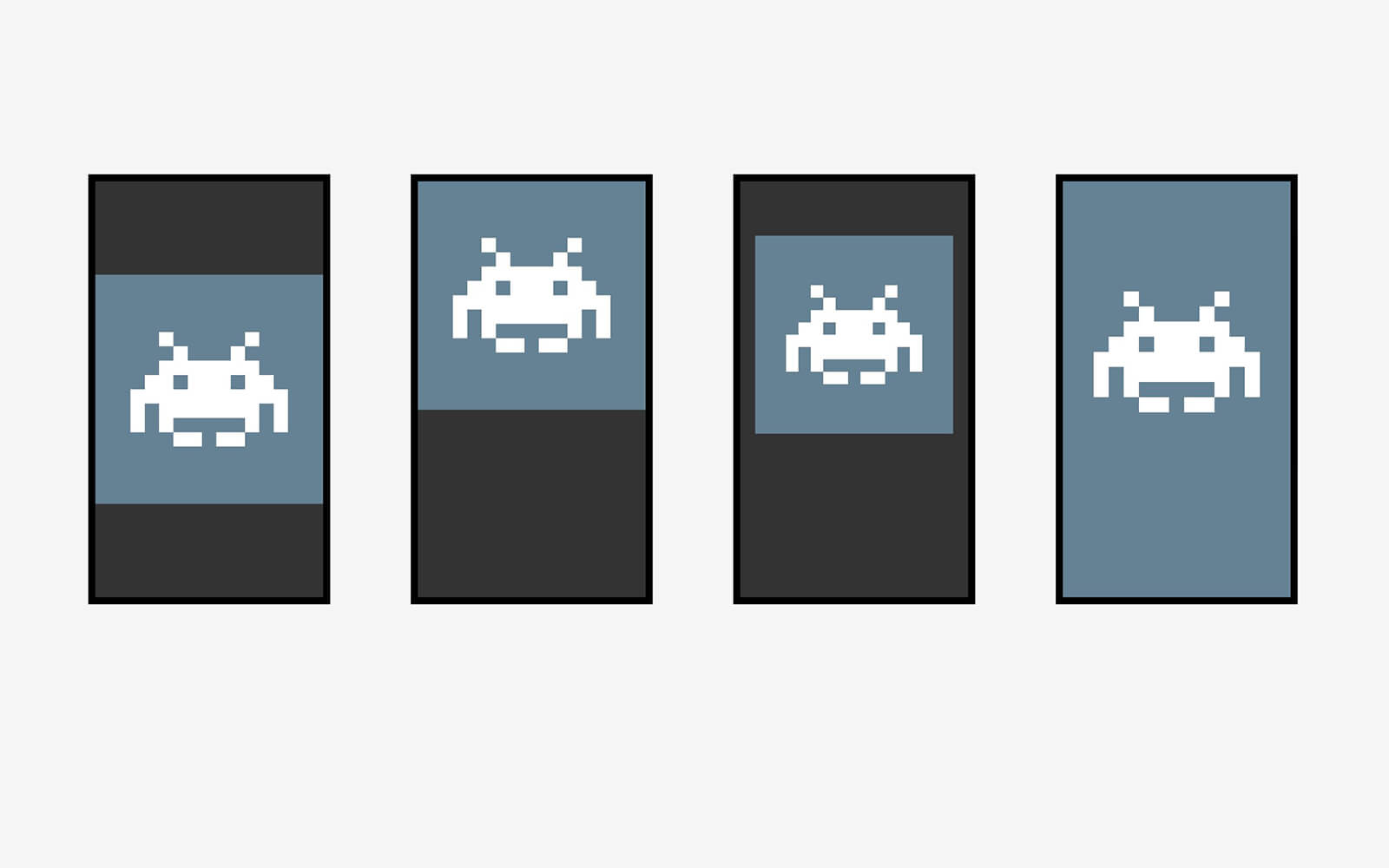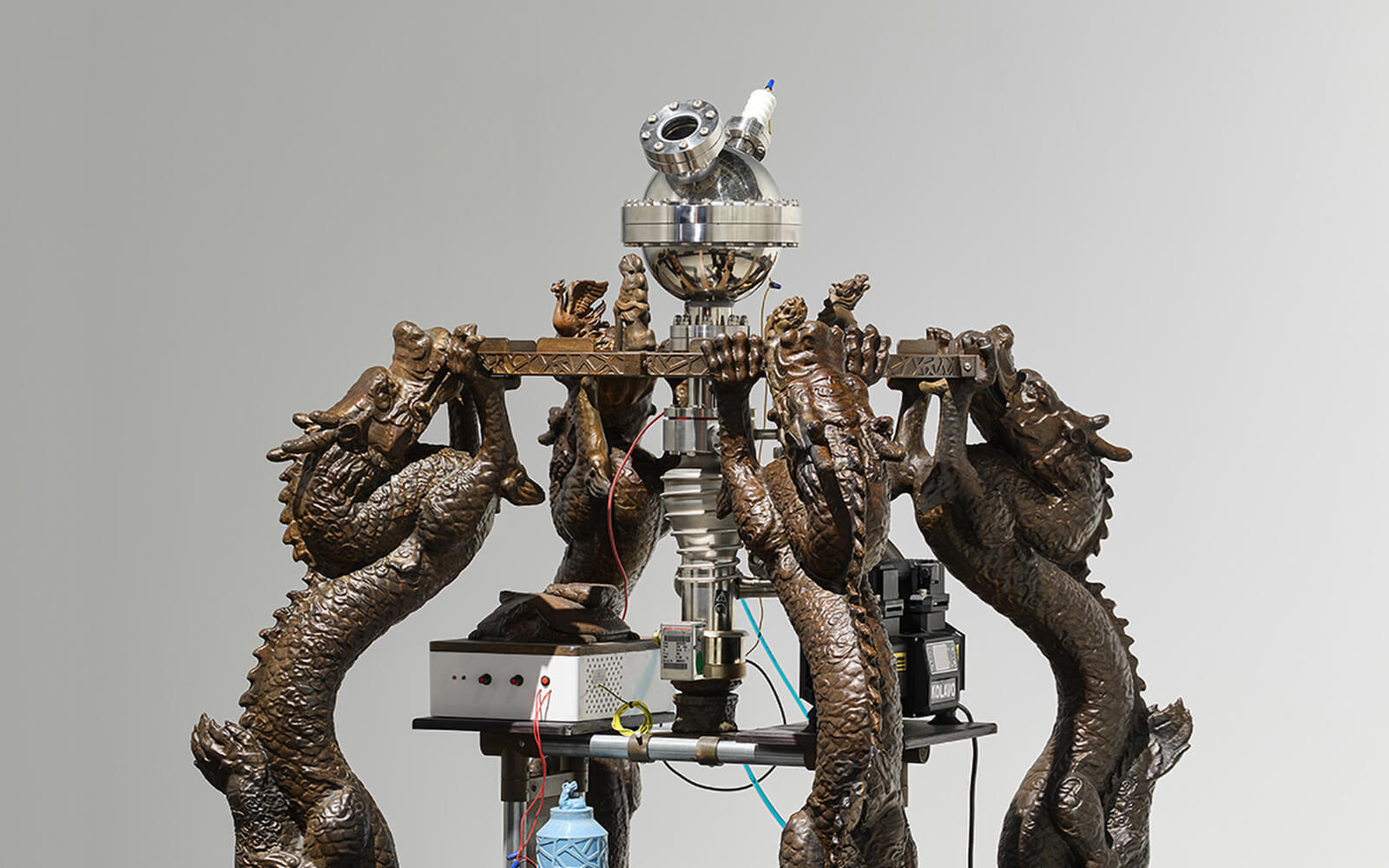1,571 days, 2,407 entries ...
Newsticker, link list, time machine: HOLO.mg/stream logs emerging trajectories in art, science, technology, and culture––every day
“The institution is drawn toward those who can leverage their racial identity into a curatorial practice, which the institution can then leverage (or co-opt) into its brand.”
As the lacklustre presentation of NFTs even at major exhibitions and conferences continues to disappoint, Swiss software artist Andreas Gysin shares an “opinionated” mini-guide for newly-minted curators and organizers. Works that use the popular square aspect ratio, for example, suffer in particular on standard 16:9 screens, Gysin notes and offers three simple tricks that improve the overall composition. “The important thing is to NOT put it in the center!” (example on left).

“The role of the digital exhibition is not to imitate its physical counterpart. Digital art and its exhibitions exist to examine the affordances of their endemic space.”
“It’s not just like going out and buying a chair. There are issues of IP, of the end-user license agreements. We had to talk some producers into changing the EULA for us.”
“Grid Island,” a meta-exhibition questioning “fundamental tasks of a museum such as collection, research, exhibition, and education,” opens at the Seoul Museum of Art (SeMA). Ahram Kwon, SungHong Min, Nicholas Pelzer, contribute works that question boundaries of medium and (time) period; Jungki Beak’s Fusor (2021, image), presents a functioning nuclear fusion device designed in the style of the ganui, a 15th century Joseon Dynasty astronomical instrument.

“I find virtual studio visits most successful when I get a tour of artists’ hard drives—having their desktop appear on my own creates an interesting new form of shared space.”
Given the transition that art galleries, fairs, and all manner of cultural producers have made in switching from IRL events to online content, Rhizome Artistic Director Michael Conner has begun a timely multi-part essay project cataloguing essential history and clarifying what is at stake. The first installment, on ‘performance, variability, objecthood’ is up and more are promised in the coming weeks.
Daily discoveries at the nexus of art, science, technology, and culture: Get full access by becoming a HOLO Reader!
- Perspective: research, long-form analysis, and critical commentary
- Encounters: in-depth artist profiles and studio visits of pioneers and key innovators
- Stream: a timeline and news archive with 1,200+ entries and counting
- Edition: HOLO’s annual collector’s edition that captures the calendar year in print
